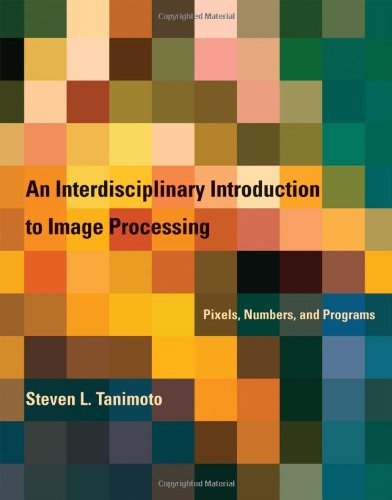

Most ebook files are in PDF format, so you can easily read them using various software such as Foxit Reader or directly on the Google Chrome browser.
Some ebook files are released by publishers in other formats such as .awz, .mobi, .epub, .fb2, etc. You may need to install specific software to read these formats on mobile/PC, such as Calibre.
Please read the tutorial at this link: https://ebookbell.com/faq
We offer FREE conversion to the popular formats you request; however, this may take some time. Therefore, right after payment, please email us, and we will try to provide the service as quickly as possible.
For some exceptional file formats or broken links (if any), please refrain from opening any disputes. Instead, email us first, and we will try to assist within a maximum of 6 hours.
EbookBell Team

4.1
100 reviewsThis book explores image processing from several perspectives: the creative, the theoretical (mainly mathematical), and the programmatical. It explains the basic principles of image processing, drawing on key concepts and techniques from mathematics, psychology of perception, computer science, and art, and introduces computer programming as a way to get more control over image processing operations. It does so without requiring college-level mathematics or prior programming experience. The content is supported by PixelMath, a freely available software program that helps the reader understand images as both visual and mathematical objects.
The first part of the book covers such topics as digital image representation, sampling, brightness and contrast, color models, geometric transformations, synthesizing images, stereograms, photomosaics, and fractals. The second part of the book introduces computer programming using an open-source version of the easy-to-learn Python language. It covers the basics of image analysis and pattern recognition, including edge detection, convolution, thresholding, contour representation, and K-nearest-neighbor classification. A chapter on computational photography explores such subjects as high-dynamic-range imaging, autofocusing, and methods for automatically inpainting to fill gaps or remove unwanted objects in a scene. Applications described include the design and implementation of an image-based game. The PixelMath software provides a "transparent" view of digital images by allowing the user to view the RGB values of pixels by zooming in on an image. PixelMath provides three interfaces: the pixel calculator; the formula page, an advanced extension of the calculator; and the Python window.